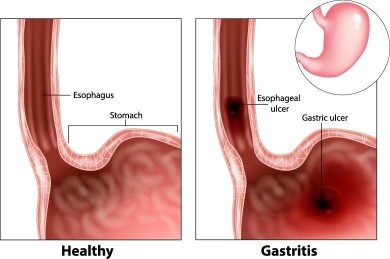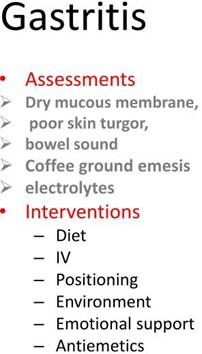A nurse is preparing a client for discharge home who is confused and incontinent after a stroke. Which instructions regarding bladder training will the nurse include in the teaching plan for the client's family?
"Offer the client the commode or urinal every 2 hours."
"Decrease the client's oral fluid intake to 1 L/day."
"Instruct the client to hold urine as long as possible to restore bladder tone."
"Use a Foley catheter at night to prevent accidents."
The Correct Answer is A
The nurse will include the instruction "Offer the client the commode or urinal every 2 hours" in the teaching plan for the client's family. This approach is known as timed voiding and can help the client re-establish a regular pattern of urination. Option "a" promotes frequent voiding, which helps
prevent accidents and promotes bladder health. Option "b" is not a recommended approach and can lead to dehydration, urinary tract infections, and other complications. Option "c" is also not recommended since holding urine for extended periods can lead to bladder distention and increase the risk of urinary tract infections. Option "d" is also not recommended since catheterization should only be considered in specific cases where other options have failed or are not feasible.
Nursing Test Bank
Naxlex Comprehensive Predictor Exams
Related Questions
Correct Answer is C
Explanation
Before administering any medication, the nurse should confirm the potassium level to ensure that it is still elevated and needs to be treated. Potassium levels can fluctuate, so repeating the test will ensure that the client receives the appropriate treatment.
Options (a) Withhold the medication and (b) Administering a hypertonic solution may be appropriate interventions depending on the client's condition, but confirming the potassium level is the first step.
Option (d) Monitoring for paresthesia is important but not the first action that the nurse should take.
Correct Answer is A
Explanation
Clients with acute gastritis are recommended to eat smaller, frequent meals instead of three large meals. This helps to reduce the workload on the digestive system and allows the stomach to heal. Therefore, option A is not a suitable nursing intervention for a client with acute gastritis.
Options b, c, and d are all appropriate nursing interventions for a client with acute gastritis. Observing stool characteristics can help to identify any bleeding or inflammation in the gastrointestinal tract, evaluating intake and output can help to identify any fluid imbalances, and monitoring laboratory reports of electrolytes can help to identify any imbalances that may occur because of vomiting or diarrhea.


Whether you are a student looking to ace your exams or a practicing nurse seeking to enhance your expertise , our nursing education contents will empower you with the confidence and competence to make a difference in the lives of patients and become a respected leader in the healthcare field.
Visit Naxlex, invest in your future and unlock endless possibilities with our unparalleled nursing education contents today
Report Wrong Answer on the Current Question
Do you disagree with the answer? If yes, what is your expected answer? Explain.
Kindly be descriptive with the issue you are facing.

